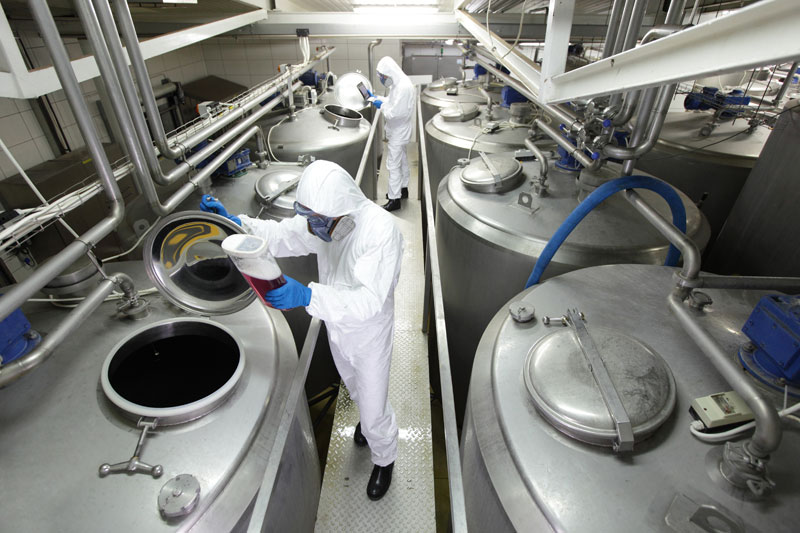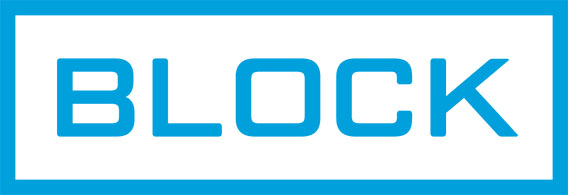CWA, TIC/TIM, and NTA Chemical Agents
Chemicals that represent a threat to human lives are classified into three main groups:
- Chemical Warfare Agents (CWAs)
- Toxic Industrial Chemicals and Materials (TICs/TIMs)
- Novel and emerging Non-Traditional Agents (NTAs)
Each of these groups represents a different type of threat. Below is a brief history and description of each type of chemical.
CWAs
Chemical Warfare Agents, known traditionally as "chemical weapons" or "chemical weapon agents," came into wide usage during World War I. Millions of soldiers and civilians were killed by CWAs in the 1930s and 1940s.
CWAs are often grouped into sub-categories of chemicals that cause blistering of the skin, affect the nervous system, damage blood, and cause choking. A recently-invented group of nerve agents called Novichoks are considered Fourth Generation Agents, or FGAs.
Thankfully, due in part to international Chemical Weapons Convention agreements, over 99% of chemical warfare agent stockpiles have been destroyed. Currently, 98% of the world's population lives in countries that have committed to eliminate the use of chemical weapons.
CWAs nonetheless continue to be used sporadically in terrorist attacks (Sarin gas), politically-oriented poisonings (liquid Novichok), and battlefield conflicts (Chlorine gas). The Organization for the Prohibition of Chemical Weapons (OPCW), an international group, continues to work to eliminate the use and presence of CWAs.
TICs / TIMs
 A much more common class of hazardous chemicals are Toxic Industrial Chemicals and Materials. Unlike CWAs, these chemicals have practical use in commercial applications and are not banned.
A much more common class of hazardous chemicals are Toxic Industrial Chemicals and Materials. Unlike CWAs, these chemicals have practical use in commercial applications and are not banned.
Most security professionals are more concerned about the chemical threat of TICs/TIMs than CWAs. It is far easier for an individual to obtain a toxic industrial chemical than to obtain a traditional chemical warfare agent.
There is some overlap between the CWA and TIC/TIM groups. Phosgene, for example, is a chemical that is used in industrial plastics production. However, it was one of the most notorious battlefield weapons in World War I. These types of chemicals are strictly monitored, regulated, and controlled by OSHA, the EPA, and many other agencies.
Some of the highest-risk TICs/TIMs are extremely common chemicals, including Ammonia. In small concentrations, used appropriately, these are safe. But a large quantity could be potentially weaponized in a terrorist attack.
Novel and NTAs
Although the United States government classifies 98 chemicals at TICs, and ranks them by a hazard index, there are countless other chemicals that can pose harm to human life.
New and emerging hazardous chemicals are often classified as "novel" or "non-traditional agents." Some of these NTAs are combinations of readily-available chemicals; others are new chemicals manufactured in a lab.
One emerging threat is the aerosolized form of pharmaceutical chemicals like Fentanyl and other opioids. These chemicals, in aerosol or gaseous form, can fill closed spaces quickly and incapacitate crowds. The Department of Homeland Security and other government agencies work diligently to identify and reduce these types of novel and non-traditional chemical threats.
Block Engineering has a 60 year history of helping with the detection of CWA, TICs/TIMs, and NTAs. Our LaserWarn open-path chemical detection system is designed to identify these types of chemicals from hundreds of meters away within seconds.
Please contact us to discuss your application needs, or visit our LaserWarn System page for technical information on our chemical detection technology.

